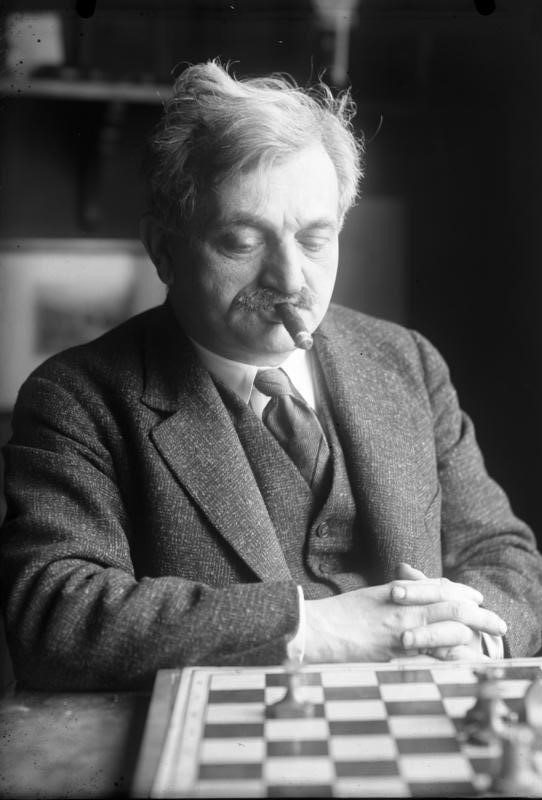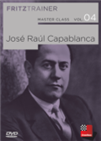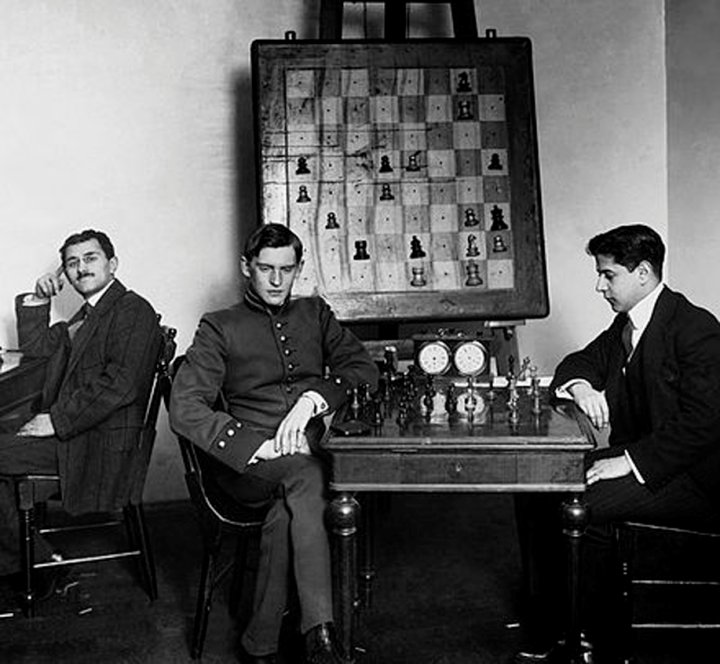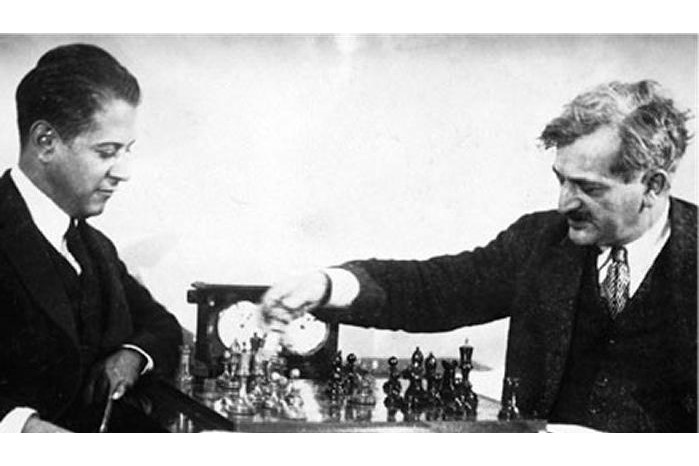Well overdue
A hundred years ago, from March 15 to April 28, the historical 1921 World Chess Championship match between Lasker and Capablanca was played in Havana, Cuba.
 Lasker was one of the pioneers of modern chess. Before him, most players tended to focus on a single element of the position. However, Lasker had such a depth of knowledge and understanding of the game that he understood that there are several components in a position that counterbalance each other. This was an innovative idea for the time. It became clear that chess is not a simple game of black and white, where specific methods or ideas decide the game, and that there could be exceptions to rules like controlling the centre. Instead, every game is unique and should be played with a case-by-case approach.
Lasker was one of the pioneers of modern chess. Before him, most players tended to focus on a single element of the position. However, Lasker had such a depth of knowledge and understanding of the game that he understood that there are several components in a position that counterbalance each other. This was an innovative idea for the time. It became clear that chess is not a simple game of black and white, where specific methods or ideas decide the game, and that there could be exceptions to rules like controlling the centre. Instead, every game is unique and should be played with a case-by-case approach.
Capablanca was a player of phenomenal natural talent. His style was simple and easy, yet elegant and brilliant, which has prompted many to compare him with Mozart. He tended to simplify positions and exchange pieces until reaching seemly balanced endgames, and yet he would often manage to score victories.
Conversations about organizing a match began in 1911, but the players could not agree on the terms. Along with a large deposit, Lasker also requested to be the only player with property rights of the games, which was unusual, since games typically belonged to both players. That was not all — he also requested for the match to consist of 30 games, where the first player to reach six points, excluding draws, wins, and if no one reaches six points, the challenger would need to have more than a one-point lead over the defending champion to get the title. This would have put Capablanca in a situation where he would need to win at least two more games than Lasker.
 He was a child prodigy and he is surrounded by legends. In his best times he was considered to be unbeatable and by many he was reckoned to be the greatest chess talent of all time: Jose Raul Capablanca, born 1888 in Havana.
He was a child prodigy and he is surrounded by legends. In his best times he was considered to be unbeatable and by many he was reckoned to be the greatest chess talent of all time: Jose Raul Capablanca, born 1888 in Havana. 
An early photograph of Alekhine and Capablanca
In 1914, the players crossed paths for the first time in a tournament in St. Petersburg. Capablanca played exceptionally well in the preliminaries, which was held as a single round-robin. The top five finishers of this part of the event were awarded the title of Grandmaster. The players were Capablanca and Lasker, along with Siegbert Tarrasch, future world champion Alexander Alekhine and Frank James Marshall.
The players continued to play in the finals of the tournament, a double round-robin, and the results of the preliminaries were carried over into the finals. Capablanca was a favourite to win the event as he began with a 1½-points lead. However, Lasker managed to escape a loss and went on to win a game against Capablanca, which allowed him to overtake the Cuban in the lead. In the end, Lasker won the event with 13½ points, only half a point above Capablanca with 13 points. Alekhine finished third after scoring 10 points.
Lasker, E. vs Capablanca, J. - St. Petersburg Final, 1914
 On this DVD, Sam Collins presents a repertoire for Black based on the rock-solid Lasker variation, reinvigorated with new ideas by former World Champion Vishy Anand and forming the cornerstone of many strong GM repertoires today.
On this DVD, Sam Collins presents a repertoire for Black based on the rock-solid Lasker variation, reinvigorated with new ideas by former World Champion Vishy Anand and forming the cornerstone of many strong GM repertoires today.This tournament result showed that Lasker and Capablanca were the strongest players at the time, and once again, conversations to organize a world championship began to take place. However, World War I started shortly after, causing a pause in international tournaments, making St. Petersburg Lasker and Capablanca’s only tournament encounter before the World Championship in 1921.
In early 1920, the players agreed on the terms for the match. However, just months later, Lasker resigned his title and named Capablanca as his successor. As part of their terms for the match, the players had agreed that in the case that Lasker forfeits to play the match, the title would go to Capablanca. Various publications did not seem to accept Capablanca as the world champion.
Right after Lasker’s announcement, Capablanca quickly made his way to Europe to meet with Lasker to renegotiate the terms for the match. The Grandmasters agreed to play in March 1921 for a larger prize fund, and that the winner would be the first player to collect six wins. Capablanca dominated the match, winning four gamesand losign none. Lasker resigned from the match early, after 14 games.
Lasker, E. vs Capablanca, J. - World Ch. 1921 (Game 11)
Undoubtedly, Lasker and Capablanca were two of the most influential players in history. Both champions had an extremely deep understanding of the game, which no other player had in their time.
Links


















 Lasker was one of the pioneers of modern chess. Before him, most players tended to focus on a single element of the position. However, Lasker had such a depth of knowledge and understanding of the game that he understood that there are several components in a position that counterbalance each other. This was an innovative idea for the time. It became clear that chess is not a simple game of black and white, where specific methods or ideas decide the game, and that there could be exceptions to rules like controlling the centre. Instead, every game is unique and should be played with a case-by-case approach.
Lasker was one of the pioneers of modern chess. Before him, most players tended to focus on a single element of the position. However, Lasker had such a depth of knowledge and understanding of the game that he understood that there are several components in a position that counterbalance each other. This was an innovative idea for the time. It became clear that chess is not a simple game of black and white, where specific methods or ideas decide the game, and that there could be exceptions to rules like controlling the centre. Instead, every game is unique and should be played with a case-by-case approach.





